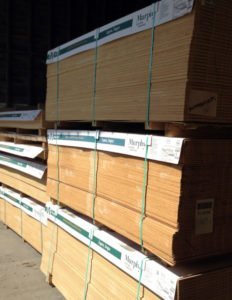
I hate to continue talking about how prices keep going up because in the past I have stated that price increases need to happen in order to keep some products alive, but in this case I’m not sure I agree with the increases being levied by domestic manufacturers. A Countervailing Duty is the response from the US government to a petition from US industries who claim that foreign government support of imported goods threatens the viability of the domestic product. In other words, domestic manufacturers feel they can’t compete with Chinese plywood makers because the Chinese government covers a lot of their costs, allowing lower prices on the finished plywood.
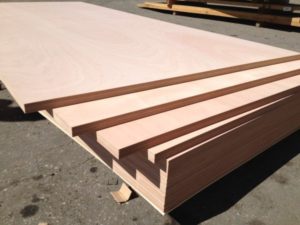
On April 29th, the Department of Commerce will announce the decision on the Anti-Dumping (dumping: selling at below market cost) margin to be added to the Chinese plywood affected by the Countervailing Duty. Of course this decision isn’t made yet, but many speculate that it will effectively double the already increased price. This could level the price playing field between import and domestic plywood and create an obvious choice for customers to buy the higher quality domestic hardwood plywood. What will domestic manufacturers do in response to this increase? It is extremely frustrating to think that history will repeat itself and put further strain on customers who use this plywood in their day to day business.
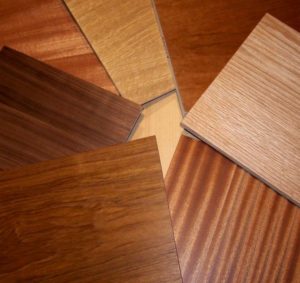
How to respond to import plywood price increases?
Preparedness is the best commodity in this market right now. We at J. Gibson McIlvain have seen this coming and our response is to increase our buying and to stockpile as much plywood as we can at the current prices. Prices will increase, whether by shortage or in response to foreign increases. We hope to be able to “protect” our customers somewhat by filling your orders with lower cost plywood now and maintaining our volumes through the impending shortage. The best thing you can do is think the same way. When you place your next order for X sheets of hardwood plywood, consider making that X+10 or 20 sheets to build up your own stockpile and protect yourself against the eventual increases. I realize the self-serving nature of that statement but it is hard to refute the validity of it. As always, we want to help our customers by smoothing out some of the ups and downs of the market by always carrying a large inventory and buying direct from manufacturers.


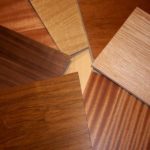

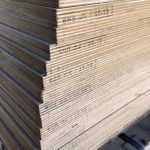
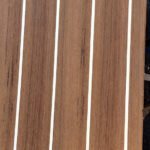
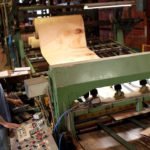


Shannon, this is a self fulfilling prophecy. You foresee domestic manufacturers not keeping up with demand and raising prices. Your response, stockpile domestic plywood along with everyone else thereby creating short term demand. Manufacturers can’t keep up with demand and raise prices. Status quo. You and everyone else say how right you were seeing the future and stockpiling.
At the same time because everyone has stockpiled, business then slumps and domestic manufacturers go under. As stockpiles diminish Imports rise to meet new demand as Chinese manufacturers have not suffered due to subsidies and the buffering effect of their world wide market.
When will we in the west learn?
I agree with your logic Jim but what is the solution? If we cannot do something to protect our clients then we lose business to someone who will. At the heart of the matter though is a growing consumer demand. “Stockpile” is a misleading term because we aren’t talking about massive warehouses filled with plywood, but rather; just staying 10-15 sheets ahead of the next order. That is how the demand is running today from the consumers and not the distributors. That being said, like any supply chain, it is a balancing act. Surely you’re not suggesting the US govt begin to subsidize industry??